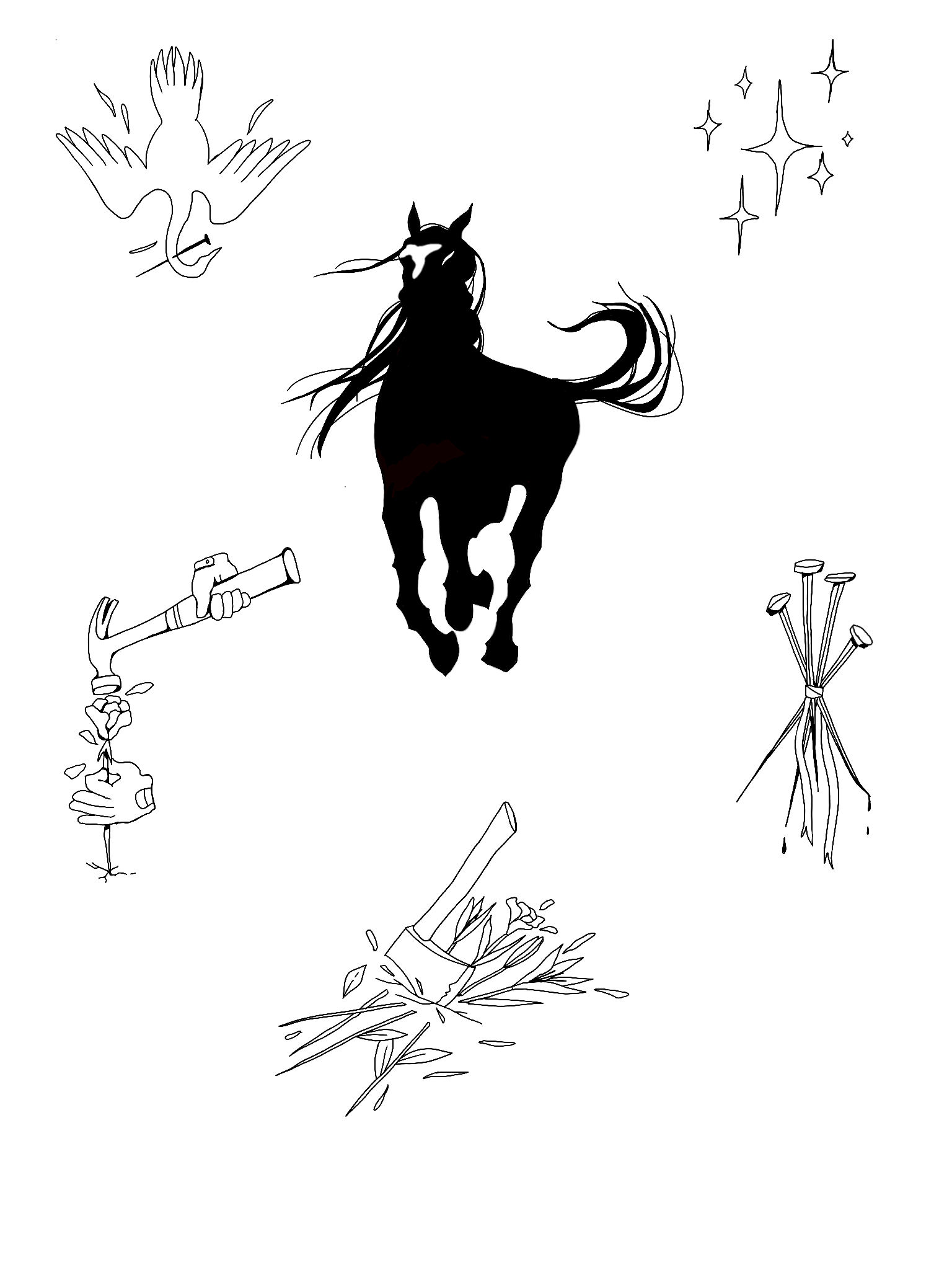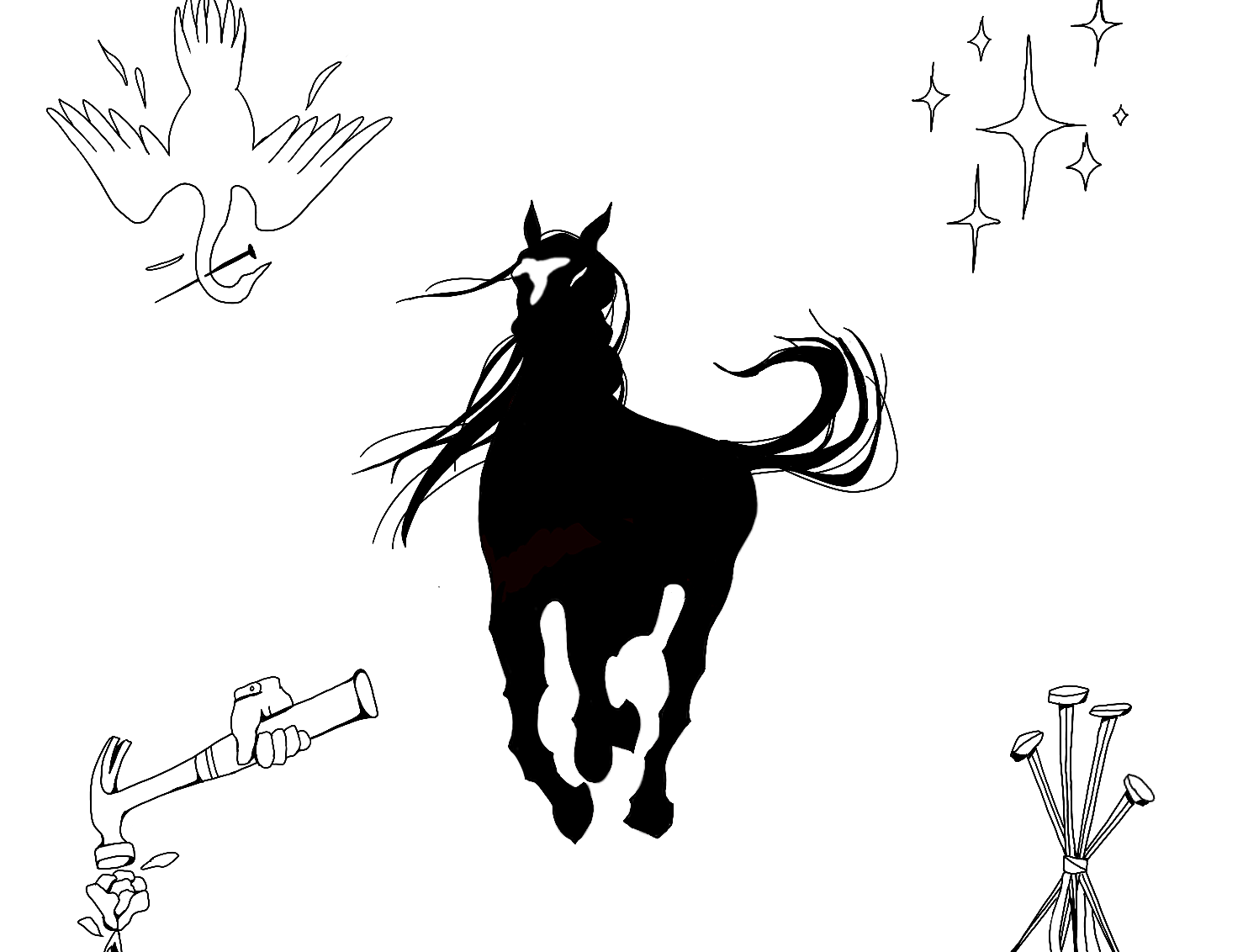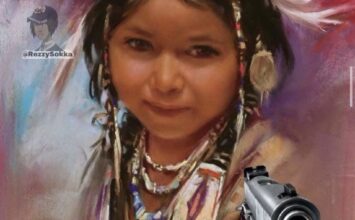The death of Mahsa Amini when she was in police custody in Iran has ignited a global movement in support of Iranian women, girls, and their supporters. Despite the community mobilization in Iran, Canadian media has been hesitant to portray the arrests, killings, and brutalities committed against Iranian women as state violence. Nima Naghibi is Professor of English at Toronto Metropolitan University. Her research is in the areas of post-colonial and diaspora studies, and life narratives with particular attention to questions of human rights and social justice. Dr. Naghibi gives insight into the importance of not looking away from the mobilization in Iran and continuing to “say her name.”
Jas Morgan: Many of us are getting our news about the political mobilizations and government retaliations in Iran on TikTok. Why do you think that is?
Nima Naghibi: Well, I think that this Iranian feminist movement has been ignited by a generation that engages with the world through technology. This movement, or revolution, is propelled forward by a tech-savvy generation that understands and recognizes the power of viral images and videos. Young people are mobilizing the visual rhetoric of resistance in sophisticated ways to share what is happening in Iran and to generate global sympathy for their cause. This is a generation that uses TikTok and Twitter to both record and circulate information. They are aware that these apps are the fastest and most effective forms of communication, and that they are the most effective way of reaching a global audience. As well, social media platforms such as TikTok and Twitter make it possible to share a significant amount of information on an ongoing basis, as opposed to print media or even television news reports that are more limited in terms of time, scope, coverage, and even circulation of the news. The fact that Iranian youth are using popular social media platforms to describe the terrifying and oppressive environment in which they are living, and so bravely fighting against, strikes a chord with young people around the world. This is a brilliant use of social media and creates opportunities for transnational connections and solidarities.
We’ve seen videos and photographs of awe-inspiring schoolgirls who have been protesting at school, tearing up pictures of the Supreme Leader, and raising their middle finger to his photograph on the walls of their classrooms. Chanting the slogan “Woman, Life, Freedom,” young Iranian women are at the vanguard of this feminist movement and are demanding equal rights for women in Iranian society.
JM: From TikTok, it looks like teenage girls are at the forefront of the movement in Iran. Is this your perception?
NN: Certainly, this particular movement began with, and has been led by, young women—teenagers, many of whom have been arrested, imprisoned, tortured, and killed for their political resistance. In reports coming out of Iran, particularly in the first couple months of the protests, we saw heartbreaking videos of teenage girls as young as fourteen or fifteen courageously defying the regime’s enforcement of the hijab and its restrictions on other forms of expression such as dancing, and voicing political opinions contrary to the enforced laws of the Islamic Republic. We’ve seen videos and photographs of awe-inspiring schoolgirls who have been protesting at school, tearing up pictures of the Supreme Leader, and raising their middle finger to his photograph on the walls of their classrooms. Chanting the slogan “Woman, Life, Freedom,” young Iranian women are at the vanguard of this feminist movement and are demanding equal rights for women in Iranian society. They are calling for change at the level of the state, but they are also challenging Iranian gender roles that require young women to be acquiescent and dutiful. Women are publicly rejecting figures of authority who represent the state, and are refusing to be conciliatory. This is the most significant and sustained challenge to the Islamic Republic by an amazing generation of young people who are building on over a century of feminist activism in Iran, fighting for their own future, and for the failed efforts of their parents’ and grandparents’ generations. While the movement has been led by women, it’s important to recognize that many men have been part of these protests too. This revolutionary movement, sparked by the death of one young Kurdish woman, Mahsa Jhina Amini (Jhina, her original Kurdish name, is not recognized by the Islamic Republic), has been sustained by the anger and the determination of an entire generation fed up with the Iranian government’s violent and brutal discrimination against women and ethnic and religious minorities, in particular. There are reports that, In retaliation for their activism, approximately 1,200 Iranian schoolgirls have been poisoned with chemical gas attacks in their classrooms.

JM: Families of the deceased are reporting the deaths of women and girls in police custody, who were arrested for participating in protests and the way they are dressed. Yet, Canadian media seems hesitant to frame these deaths as violent or even suspicious. What is your perception of the media’s resistance to describe what is happening in Iran as violence against women?
NN: This is a really interesting question. I think there might be a few reasons for this. First of all, I think the Canadian media is concerned about framing these events in a way that would absolve them of any accusations of Islamophobia. Of course, the violence of the Iranian state against unveiled women has nothing to do with Islam as a faith; this is a government that is murdering its own people in the name of preserving the sanctity of the Islamic Republic and Islamic values, but in reality, they are desperately trying to maintain an iron grip over a population of more than eighty million people. Second, if the Canadian media raises the issue of state-sanctioned violence against women, it would have to address the ongoing violence against Indigenous women in this country. They would be hard-pressed to point fingers externally when they have yet to come to terms with the murder and disappearance of Indigenous women, girls, and trans people in Canada. Third, the debate around women’s decision to veil or not veil has uncomfortable echoes in Quebec where Bill 21, under the guise of “secularism,” discriminates against women who wear hijab in the public sector. Interestingly, this form of discrimination against women by the state brings to mind the 1936 Unveiling Act in Iran, mandated by the then-monarch Reza Shah and enforced through violence. His soldiers were ordered to tear the veil off the head of any woman who appeared veiled in public. After the 1979 Iranian Revolution, and the establishment of the Islamic Republic, the religious leader Ayatollah Khomeini enforced the mandatory veiling act in 1983, which was once again enforced through violence. The compulsion of governments (whether in Iran or France or Quebec) to control the bodies of women through what they choose to wear boils down to questions of women’s bodily autonomy, an ongoing issue for women not only in Iran but also around the world. Most recently, we have seen this in the US with the Supreme Court’s decision to overturn Roe v. Wade, effectively preventing women in almost half of the US from accessing their right to abortion.
This feminist uprising is responding to events taking place in the present moment, but it is also an amalgamation of decades of grievances and memories of this generation’s parents’ and grandparents’ traumatic experiences during the 1979 revolution and the work they did to fight for change.
JM: It’s been said that Mahsa Amini’s death in custody—after her arrest for the way she was dressed—has ignited a movement. While it’s important to hear the calls to “say her name,” what are your thoughts about how this narrative reflects on a history of girls’ and women’s activism in Iran?
NN: There is a long history of feminist activism in Iran, dating back to at least the nineteenth century. At the same time, there is an equally long history of women’s feminist and political activism being co-opted by Iranian patriarchy. At various key historical moments (such as the 1906 Constitutional Revolution and the 1979 Iranian Revolution), women played a central part in revolutionary movements, but they were consistently asked to set aside their demands for gender equality until other concerns (such as economic inequities, for example) were addressed. So, despite this long history of feminist activism, women’s rights and women’s voices have been portrayed, by Iranian men, as secondary to the primary concerns of revolution and resistance.
Today, it seems we are bearing witness to something different. We are witnessing, at this point, a transformative moment of feminist global solidarity largely led by the women of generation Z, but also supported by young men who see themselves as their partners and supporters, rather than their leaders. This feminist uprising is responding to events taking place in the present moment, but it is also an amalgamation of decades of grievances and memories of this generation’s parents’ and grandparents’ traumatic experiences during the 1979 revolution and the work they did to fight for change.
There is a recognition now that young Iranian women are themselves the leaders of what appears to be a truly grassroots feminist movement, and its repercussions are reverberating intergenerationally as well as internationally. The vociferous demands at protests to “say her name” emerge from a place of deep anger that women’s rights have been, for over a century, overshadowed by what Iranian men have claimed to be more pressing demands. Saying Mahsa Amini’s name keeps her, and the issues that have emerged in response to her death, at the forefront of the movement. In the figure of Mahsa/Jhina Amini, we have a convergence of issues: women’s rights, Kurdish and other minority rights, and class/economic disparities. Saying her name ensures not only that Jhina Amini will not be forgotten, but that all she stands for and represents will be kept in full view and serve as a catalyst for real and significant change.












